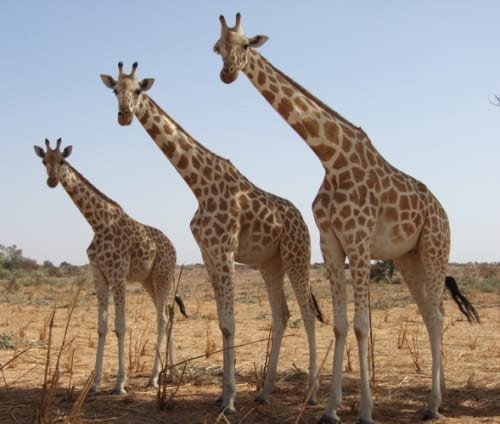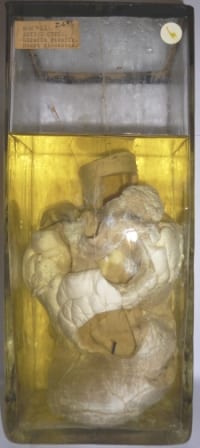Specimen of the Week 367: African bush elephant heart
By Christopher J Wearden, on 16 November 2018
This week’s blog is written by Lisa Randisi. Visitor Services Assistant at UCL Culture.
In my first month at the Grant Museum I learned that I, like many before me, had made a mistake. A rather… colossal mistake. Under a large glass bell near the flying lemur (which is neither a lemur nor can fly, but that’s a story for another time) lies a specimen that, for sheer size and improbability, I’d always assumed to be a fake. A plastic replica made for teaching, perhaps. Little did I know that I was actually looking at a real…
 Close
Close





